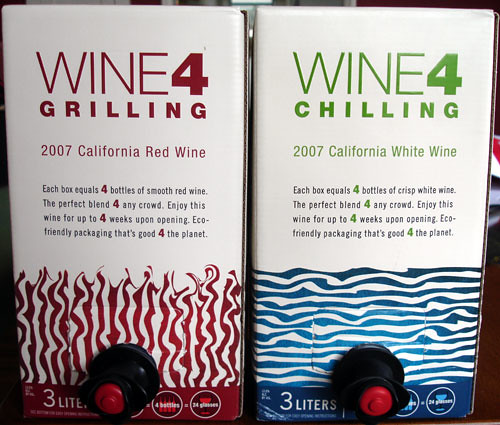Recently I started drinking exclusively tap water. I supposed that isn’t some sort of eco-revelation as millions of Americans do the same, but in a town like Los Angeles, it’s almost heretical. To eschew a $6.00 bottle of flat Panna water at a West Hollywood eatery in favor of something that came from a spigot and poured from a plastic pitcher is the equivalent of announcing, “I’m a classless jackhole who parked on the street instead of using the valet.”
I’ve always felt very self conscious after a group meal when everyone is waiting for the valet to bring their Lexus hybrid and I’m walking a half a block away to my equally fuel-efficient Honda. Likewise when I say, “Oh, tap water’s fine,” and the rest of the table looks at me oddly and says, “Bring us two bottles of Pellegrino. The big ones.”
But the truth is Los Angeles water quality is excellent, thanks to the land barons who diverted the pristine mountain spring waters of the Hetch Hetchy westward to our desert paradise. It’s sanitized and, unlike places like Atlanta or Nashville, our pipe infrastructure is relatively sound. As long as your home plumbing is in good condition, your water should be even better than bottled water contamination-wise, as the restrictions are much more stringent.
On top of that, you’re not drinking water that was shipped by some diesel freighter from Europe or the South Pacific. This is stuff that comes to you via natural water pressure (for the most part). Lastly, you’re not expending fuel to make glass or plastic bottles; everything’s already in place. You can drink it out of your own hand, for crissakes.
So now I’ve taken to looking down at those who order the fancy bottled waters. Volvic Springs? I wonder how many gallons of petroleum it took to bring that liter of water to the table? Heh-heh. Fiji? Oh, please. Don’t get me started on South Pacific water. It’s worse than driving a Hummer.
I mean, seriously. If you just want to get hydrated, just cup your hand under the faucet, you jerk. Dasani tastes better? Whatever. It comes from a tap and they add minerals. Aquafina is sweeter? Right. Same deal, bucko.
But then I thought about it. How is that different from buying a Coke? It’s tap water with added stuff to make it more quaffable. The environmentalist in me says, why would you drink water from overseas when we have perfectly good water right here? How selfish is that? I pose that question as I drink a Mourvedre/Grenache blend from Bandol. Why drink that when there’s perfectly good wine here in California? Well, because it tastes better than…oh! I see. I’m the jerk.
The truth is, there are times when I really want to have a Diet Coke. Or an Italian wine. Or cheese from France. Because they taste good and they make me happy. But though I acknowledge that some bottled waters taste better than tap water, I still won’t buy them. And it’s because I don’t drink water because I want to have some gustatory experience. I drink it because I’m thirsty.
And that’s the challenge for consumers during this renaissance of environmentalism: how to temper your hypocrisy. Where to draw the line? If I were some kind of hydro savant for whom an extra part per million of manganese in my water might ruin an otherwise delicious meal, I’d happily pay for Alaskan glacial water. But if I’m drinking it because I have an unfounded belief that municipal water is inferior to bottled water, I’m an idiot.
And to further illustrate that point, I offer this:

